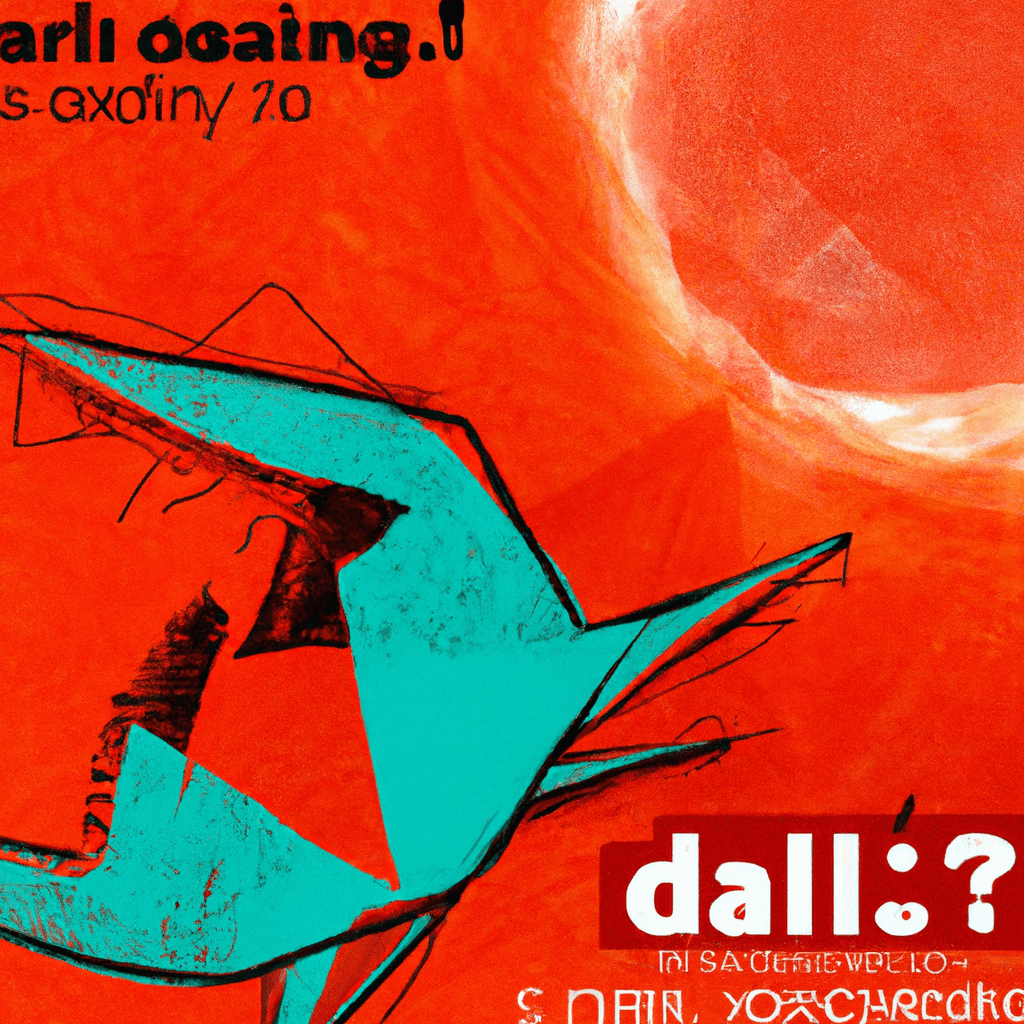The Mighty Asteroid with the Power of 1000 Nuclear Bombs: A Potential Threat to Earth – Shlok’s Automation
A startling piece of news has been circulating in the global scientific community and creating a buzz among astronomy enthusiasts. An asteroid, with destructive power equivalent to 1000 nuclear bombs, is hurtling towards our home planet, Earth. But before you start preparing for the apocalypse, it’s essential to get all the facts. Here’s everything you need to know about this cosmic event.
What’s the Deal with This Asteroid?
The asteroid in question, named ‘2018 VP1’, is gaining attention due to its colossal size and proximity to our planet. This space rock is around 2 meters in diameter and was first discovered in 2018 by the Palomar Observatory in California.
Despite its impressive size, the real concern is the potential energy it carries. Scientists estimate that this asteroid’s impact could release energy equivalent to 1000 nuclear bombs. In comparison, the atomic bomb dropped on Hiroshima during World War II released an energy equivalent to only around 15 to 20 kilotons of TNT.
The Odds of Impact
Before you start panicking, it’s important to know that the chances of this asteroid hitting Earth are slim. According to the Center for Near-Earth Object Studies (CNEOS) at Nasa’s Jet Propulsion Laboratory, there’s only a 0.41% chance of this asteroid colliding with Earth. That’s about 1 in 240 chances.
Moreover, even if it does hit the planet, given its size, it’s unlikely to cause an extinction-level event. It would most likely explode in the atmosphere and create a brilliant meteor shower rather than a catastrophic impact.
Preparing for Potential Asteroid Impacts
While the likelihood of ‘2018 VP1’ causing significant damage to Earth is low, it’s essential to remember that it’s not the only asteroid out there. In fact, NASA is continually monitoring approximately 20,000 Near-Earth Objects (NEOs). An NEO is any small Solar System body whose orbit brings it into proximity with Earth.
To deal with potential asteroid threats, NASA has developed the Planetary Defense Coordination Office (PDCO). The PDCO is responsible for finding, tracking, and characterizing potential hazardous asteroids and comets that could impact the Earth. In the unlikely event of a significant threat, the PDCO would coordinate with the U.S. government to plan a response.
Conclusion
While the news of an asteroid with the power of 1000 nuclear bombs heading towards Earth might sound terrifying, it’s important to keep the facts in perspective. The odds of this particular asteroid hitting our planet are slim, and even if it does, it’s unlikely to cause widespread destruction.
However, this event serves as a reminder of the importance of space science and the continuous efforts of organizations like NASA to monitor Near-Earth Objects. It’s a testament to our advancements in technology and our preparedness to deal with potential threats from space. So, instead of panicking, let’s appreciate the marvels of our universe and our efforts to understand it better.
Anurag Dhole is a seasoned journalist and content writer with a passion for delivering timely, accurate, and engaging stories. With over 8 years of experience in digital media, she covers a wide range of topics—from breaking news and politics to business insights and cultural trends. Jane's writing style blends clarity with depth, aiming to inform and inspire readers in a fast-paced media landscape. When she’s not chasing stories, she’s likely reading investigative features or exploring local cafés for her next writing spot.






